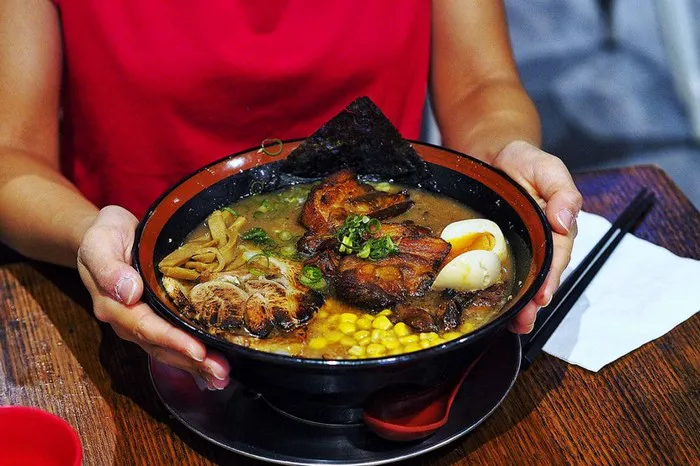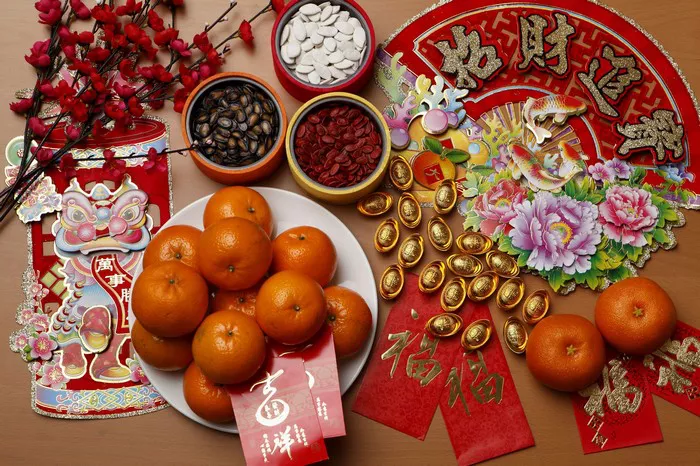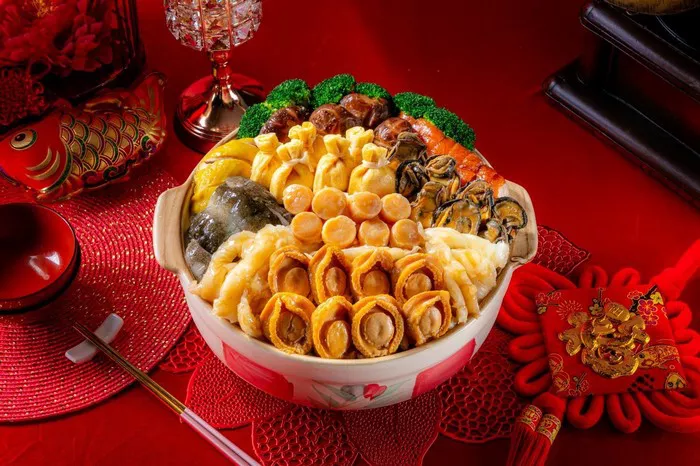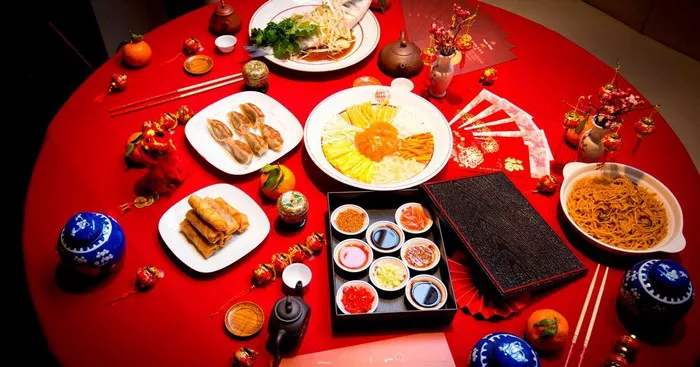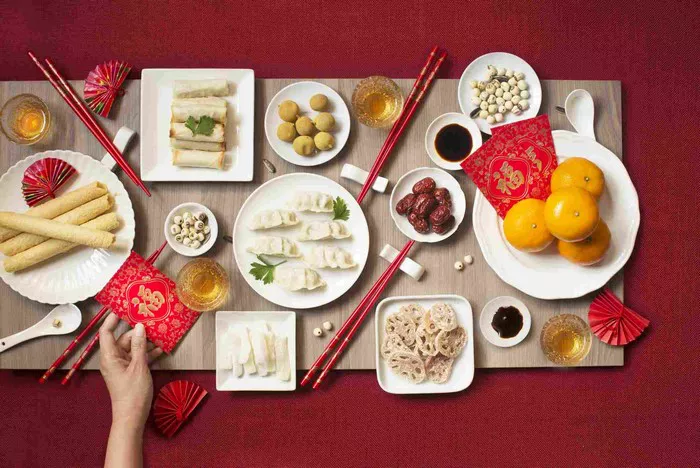Chinese cuisine has a rich tapestry of rice and sauce combinations that tantalize the taste buds. Rice, the staple grain, serves as the canvas, while sauces add the vibrant colors and flavors that make each dish unique. From the simple yet satisfying plain steamed rice with a soy – based sauce to elaborate fried rice with a medley of seasonings, and the diverse range of sauces from sweet and tangy to savory and spicy, there is an endless array of possibilities. In this extensive article, we will explore the different types of Chinese rice, various sauce recipes, and how to combine them to create mouthwatering dishes.
Types of Chinese Rice
Jasmine Rice: Jasmine rice is renowned for its fragrant aroma, which is often compared to the scent of jasmine flowers. It has long, slender grains that are soft and slightly sticky when cooked. The texture is smooth, and it has a delicate flavor that pairs well with a wide variety of Chinese dishes.It is mainly cultivated in Southeast Asia, including Thailand and Vietnam, but is also widely used in Chinese cuisine. The growing conditions, including the type of soil and climate, contribute to its unique characteristics. In China, it is a popular choice for many home – cooked meals and restaurant dishes.To cook jasmine rice, rinse it thoroughly in cold water until the water runs clear. Use a ratio of 1 cup of rice to 1.5 cups of water. Place the rice and water in a pot with a tight – fitting lid. Bring to a boil over high heat, then reduce the heat to low and let it simmer for 15 – 20 minutes. Do not lift the lid during cooking. Once cooked, fluff the rice with a fork.
Long – grain Rice: Long – grain rice has grains that are longer and thinner than jasmine rice. It has a firm texture and the grains remain separate when cooked. This type of rice is less sticky than jasmine rice and has a mild flavor.There are different varieties of long – grain rice, such as basmati – like Chinese long – grain rice. It is commonly used in stir – fried rice dishes as it holds up well during the cooking process and doesn’t become mushy. It is also suitable for making rice porridge.Rinse the long – grain rice. For every 1 cup of rice, use 1.75 – 2 cups of water. Boil the water first, then add the rice. Stir once and bring back to a boil. Reduce the heat to low, cover the pot, and simmer for 18 – 22 minutes. Let it rest for a few minutes before fluffing.
Glutinous Rice: Glutinous rice, also known as sticky rice, has short, round grains. It has a high starch content, which gives it a sticky and chewy texture when cooked. It has a sweet and slightly earthy flavor.It is used in many traditional Chinese sweets and savory snacks. For example, it is the main ingredient in zongzi (rice dumplings) and some types of rice cakes. In savory dishes, it can be used in combination with meats and other fillings.Soak the glutinous rice for at least 2 – 3 hours or overnight. Use a ratio of 1 cup of soaked rice to 1 cup of water. Steam the rice in a bamboo or metal steamer for 20 – 30 minutes until it is tender and sticky.
Short – grain Rice: Short – grain rice has plump, round grains. It has a soft and sticky texture when cooked, similar to glutinous rice but not as chewy. It has a sweet and creamy flavor.It is often used in Japanese and Korean cuisines, but also has a place in some Chinese regional dishes. It is suitable for making sushi – style rice balls or for dishes where a softer, more cohesive texture is desired.Rinse the short – grain rice. Use a ratio of 1 cup of rice to 1.2 – 1.3 cups of water. Cook in a pot over low heat for 20 – 25 minutes after bringing to a boil. Let it sit for a while to allow the texture to set.
Types of Chinese Sauces
Types and Differences: There are several types of soy sauce in Chinese cuisine. Light soy sauce is lighter in color and has a saltier flavor. It is mainly used for seasoning during cooking and for enhancing the natural color of the food. Dark soy sauce is darker in color, thicker, and has a more intense flavor. It is used for adding color and a rich, umami taste to dishes.There are also specialty soy sauces like mushroom – flavored soy sauce, which has an added depth of flavor from mushrooms.
Sauce Doesn’t Coat Rice Well
Possible Causes: The sauce may be too thick or too thin. If it’s too thick, it won’t spread evenly over the rice. If it’s too thin, it may run off the rice. Also, not mixing the sauce and rice properly can lead to this issue.
Solutions: Adjust the consistency of the sauce as described above. When mixing the sauce with the rice, make sure to do it gently but thoroughly. You can start by adding a small amount of sauce and gradually increase until the rice is evenly coated.
Combination Tastes Bland
Possible Causes: Using too little sauce or not using a balanced combination of seasonings in the sauce can make the dish taste bland. Also, if the rice is not of good quality or has been cooked without any flavor enhancers like a little salt or oil, it can affect the overall taste.
Solutions: Taste the sauce before combining it with the rice and adjust the seasonings. You can add more salt, sugar, or other flavor – enhancing ingredients as needed. For the rice, consider adding a small amount of sesame oil or a pinch of salt during the cooking process.
Conclusion
In conclusion, Chinese rice and sauce combinations offer a vast playground for culinary exploration. With the right knowledge of different types of rice and sauces, proper cooking techniques, and the ability to troubleshoot common problems, you can create an endless variety of delicious and satisfying dishes that range from traditional Chinese favorites to modern and creative fusions. Experiment with different combinations, be bold with your seasonings, and enjoy the wonderful world of Chinese rice and sauce cuisine.
Related Topics:

